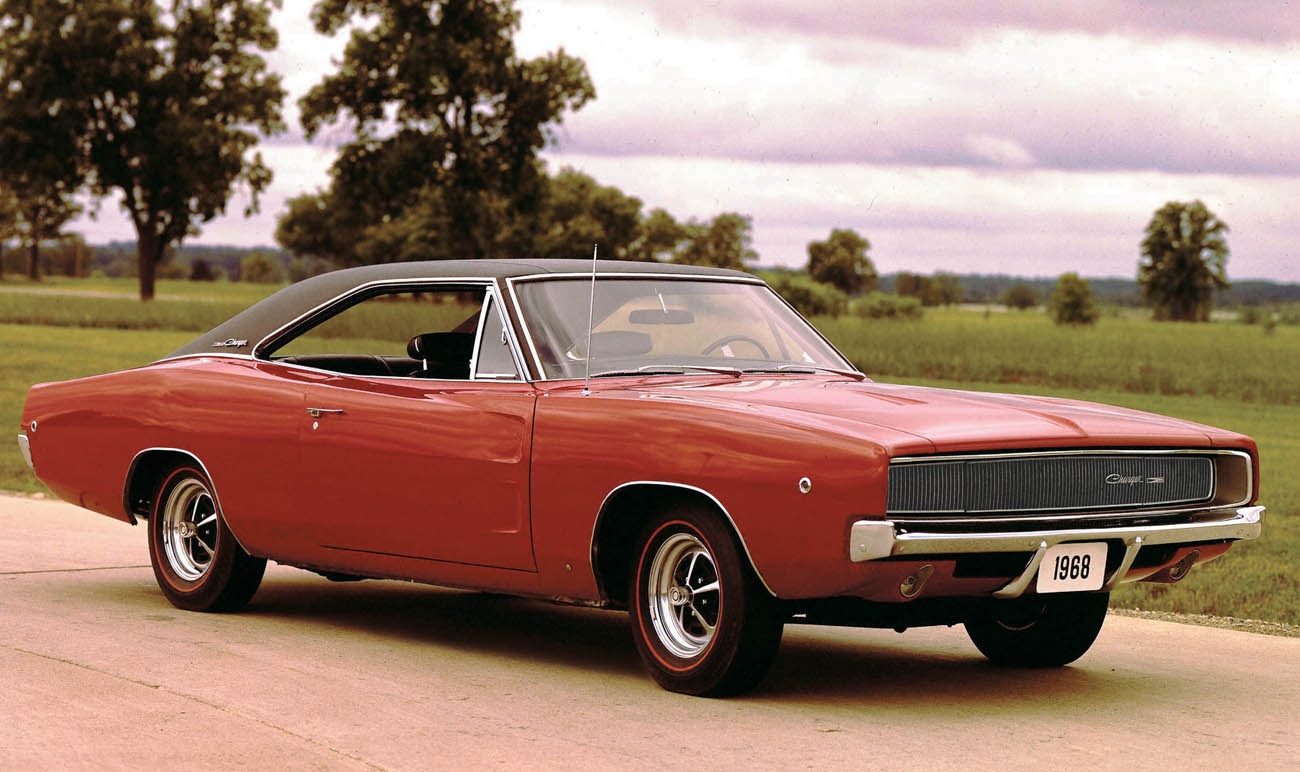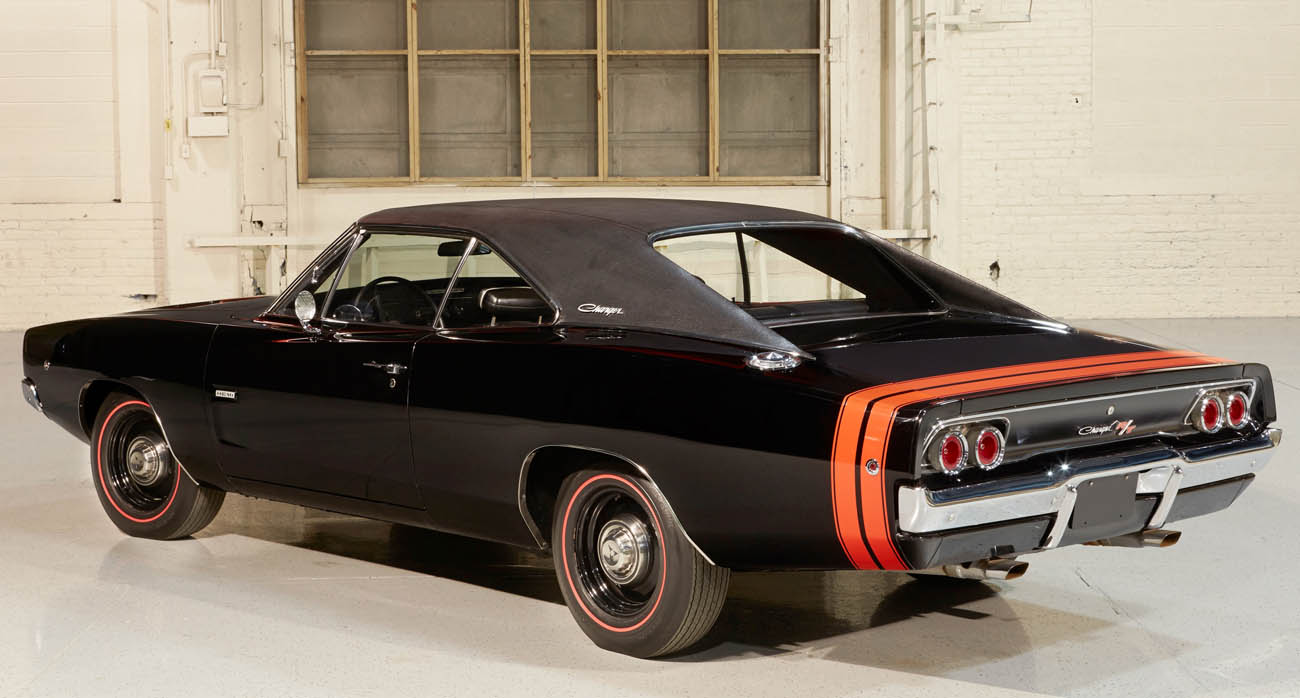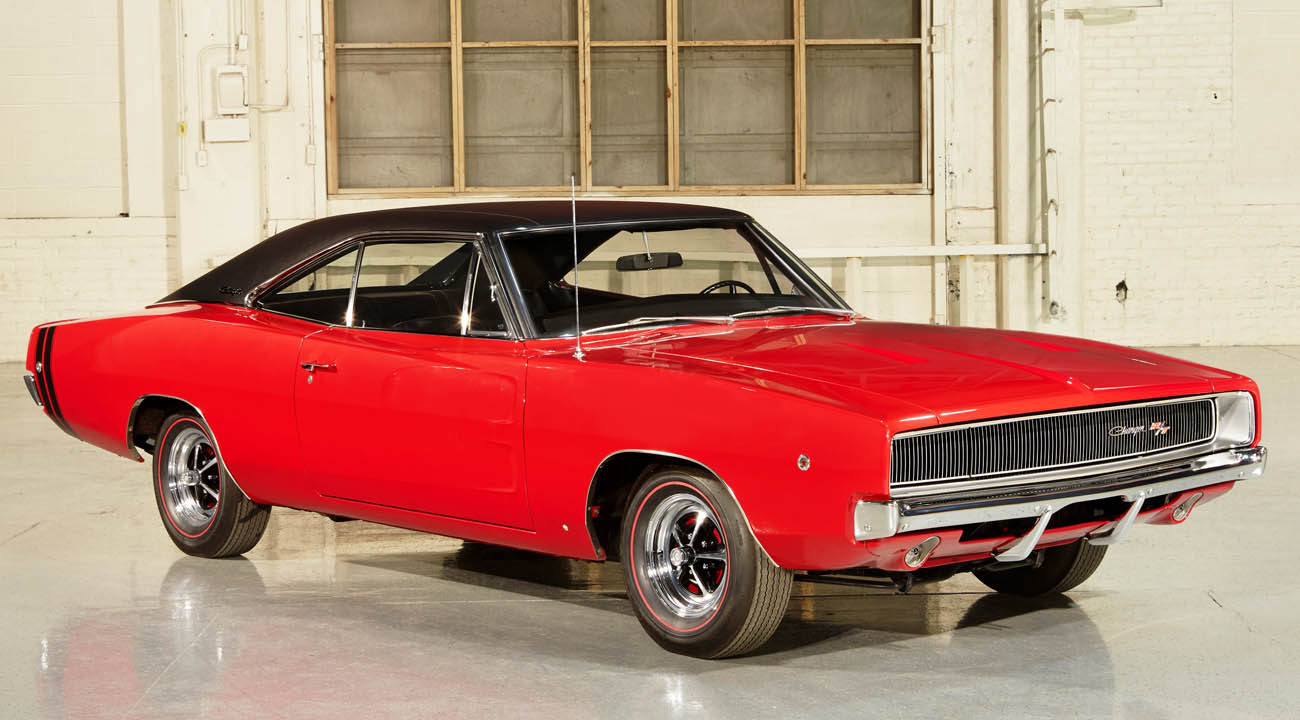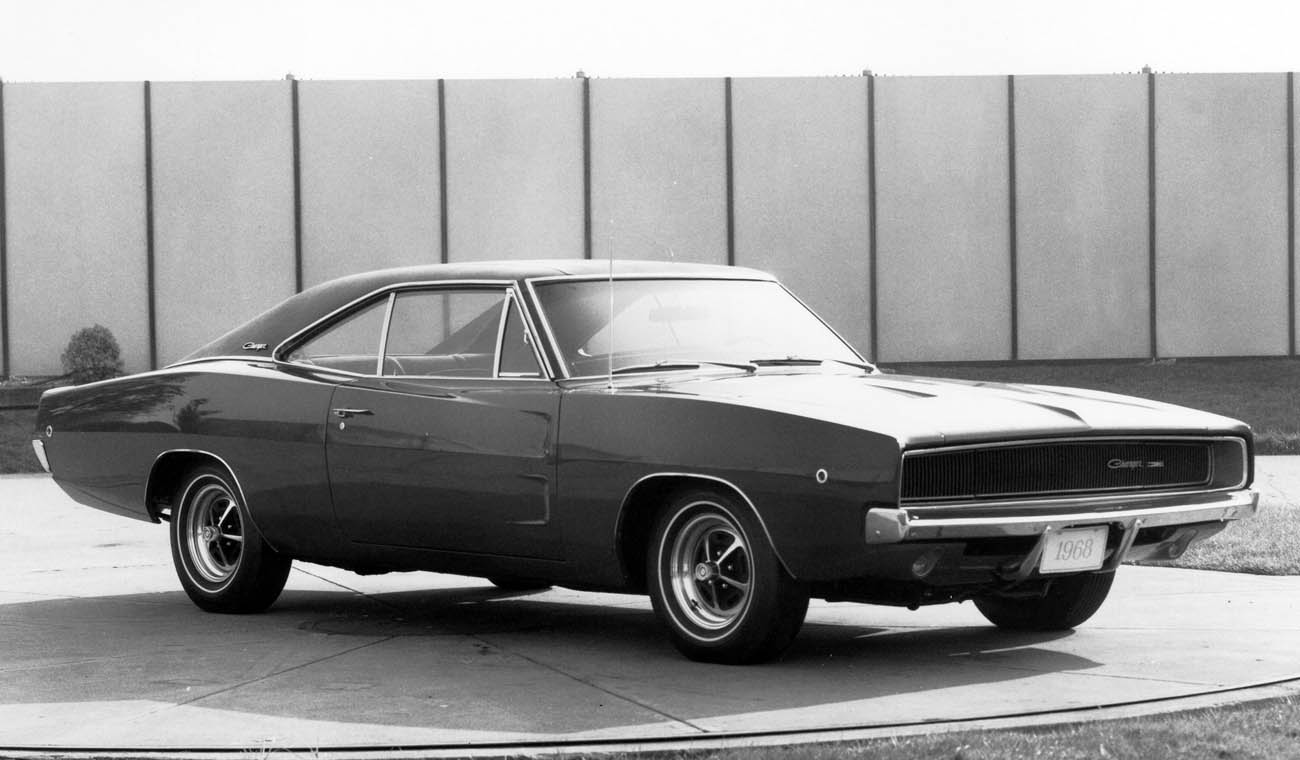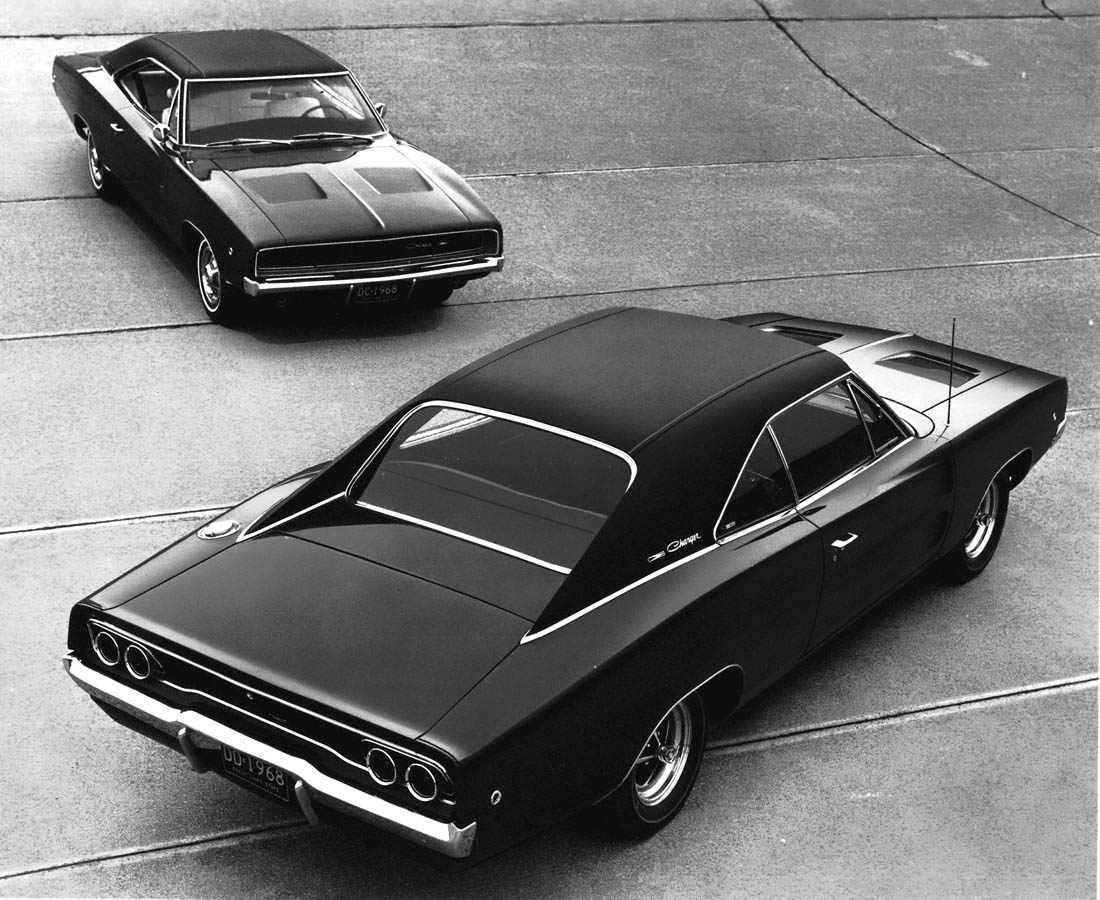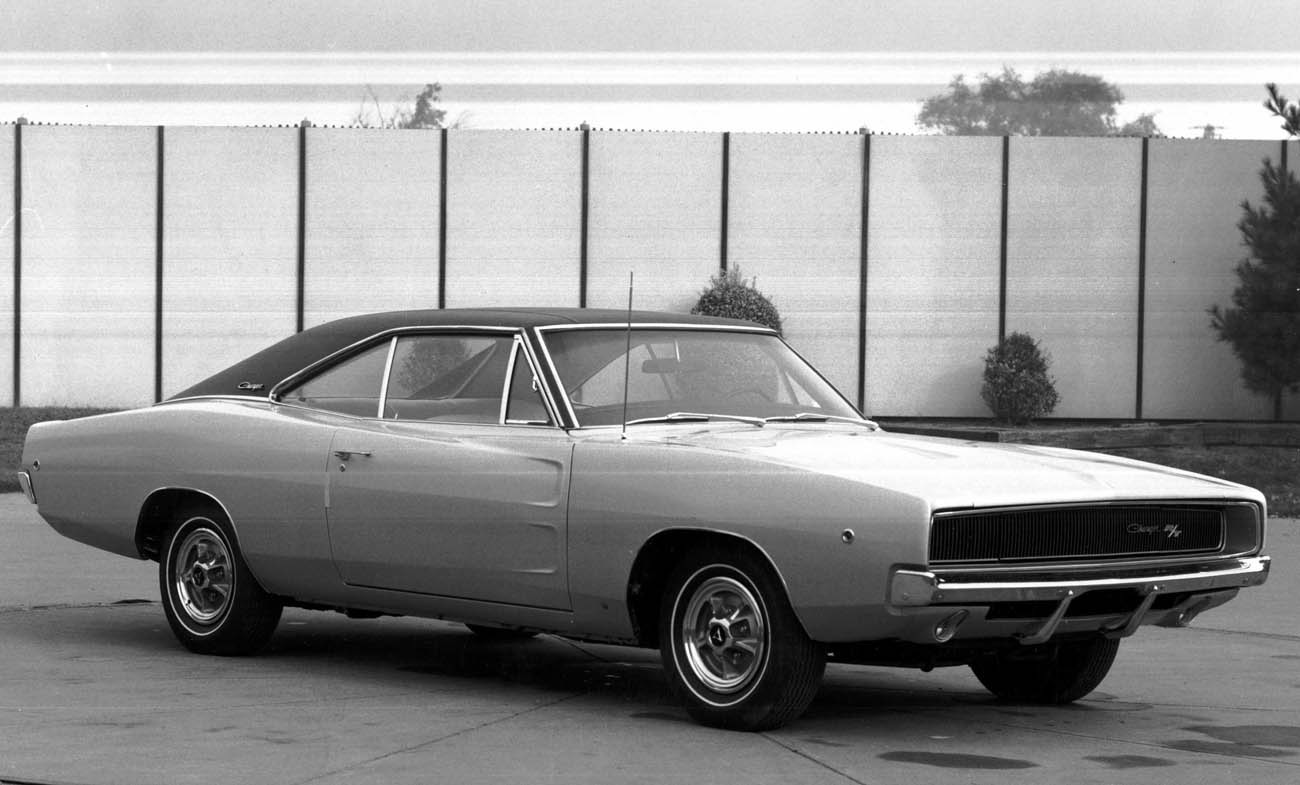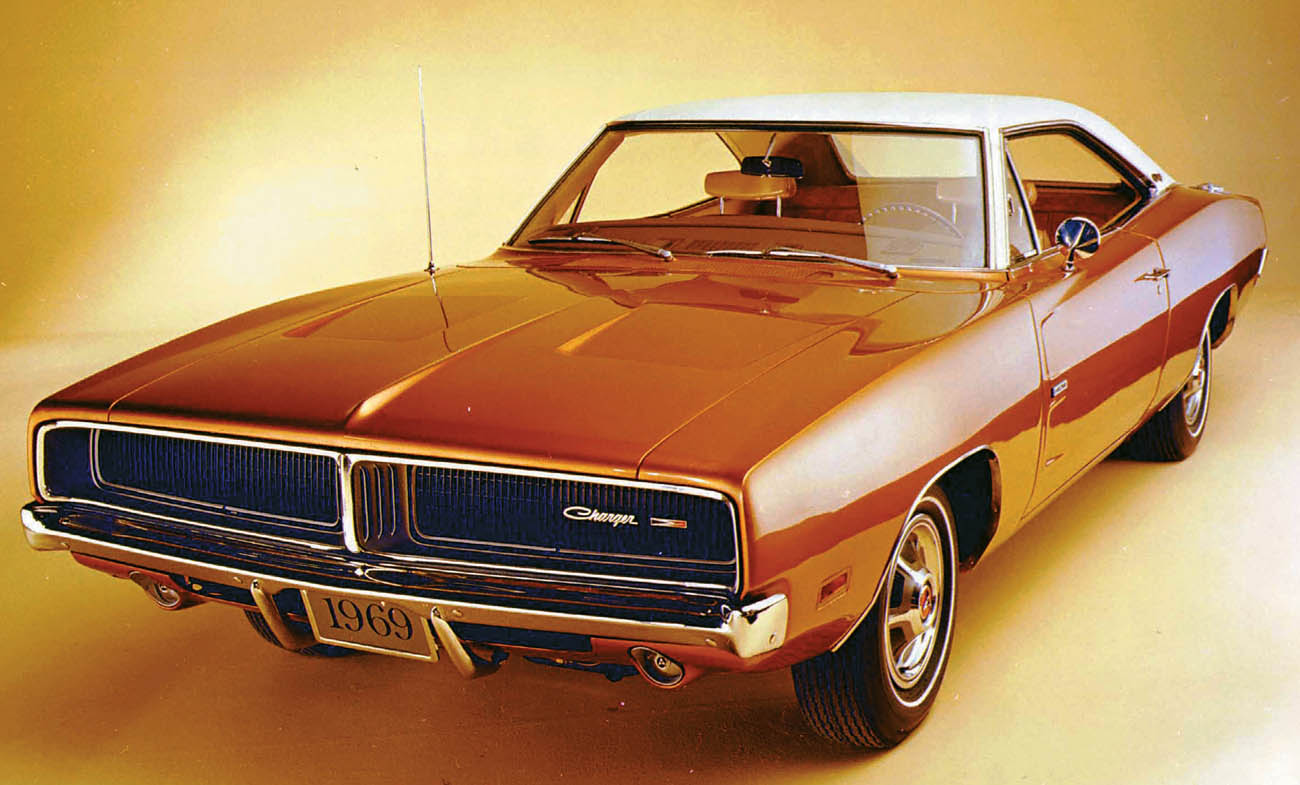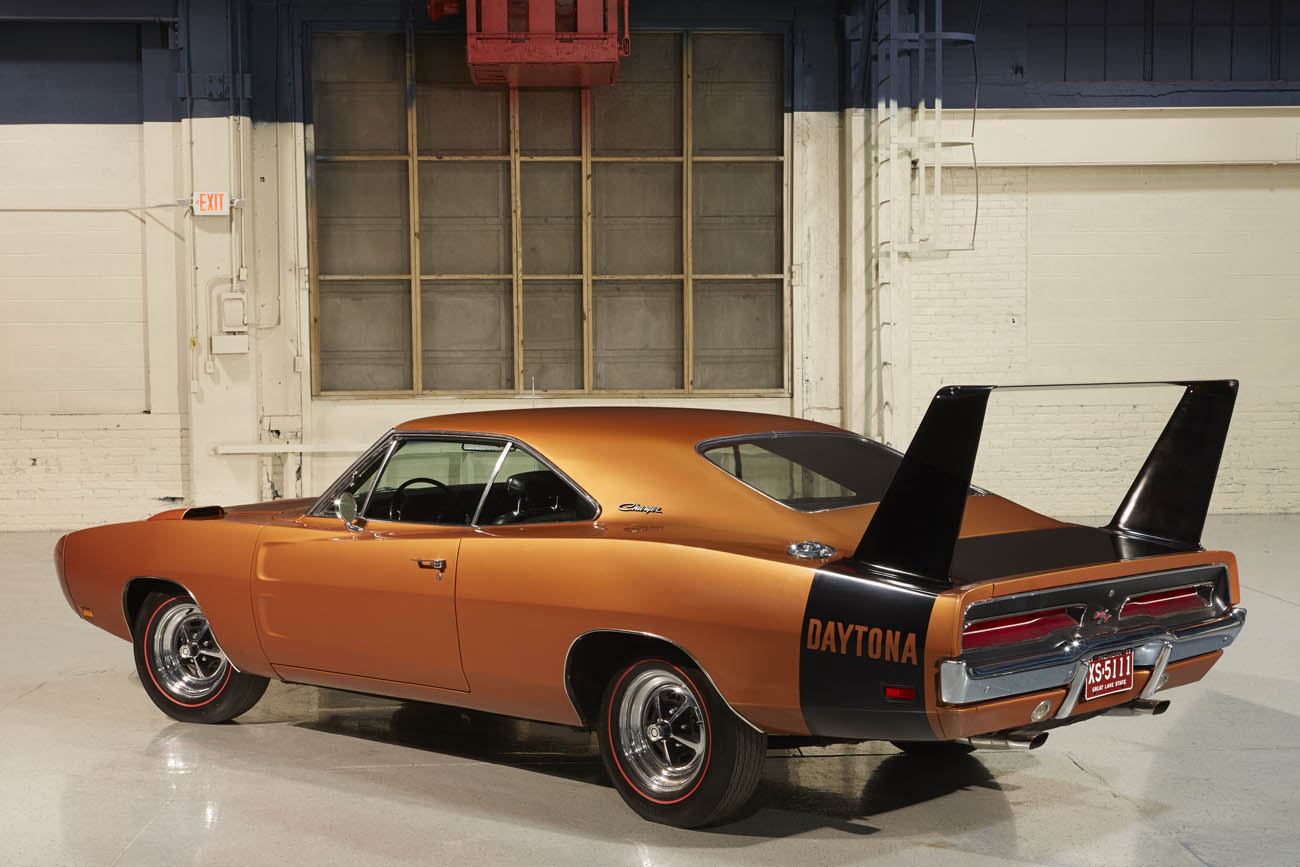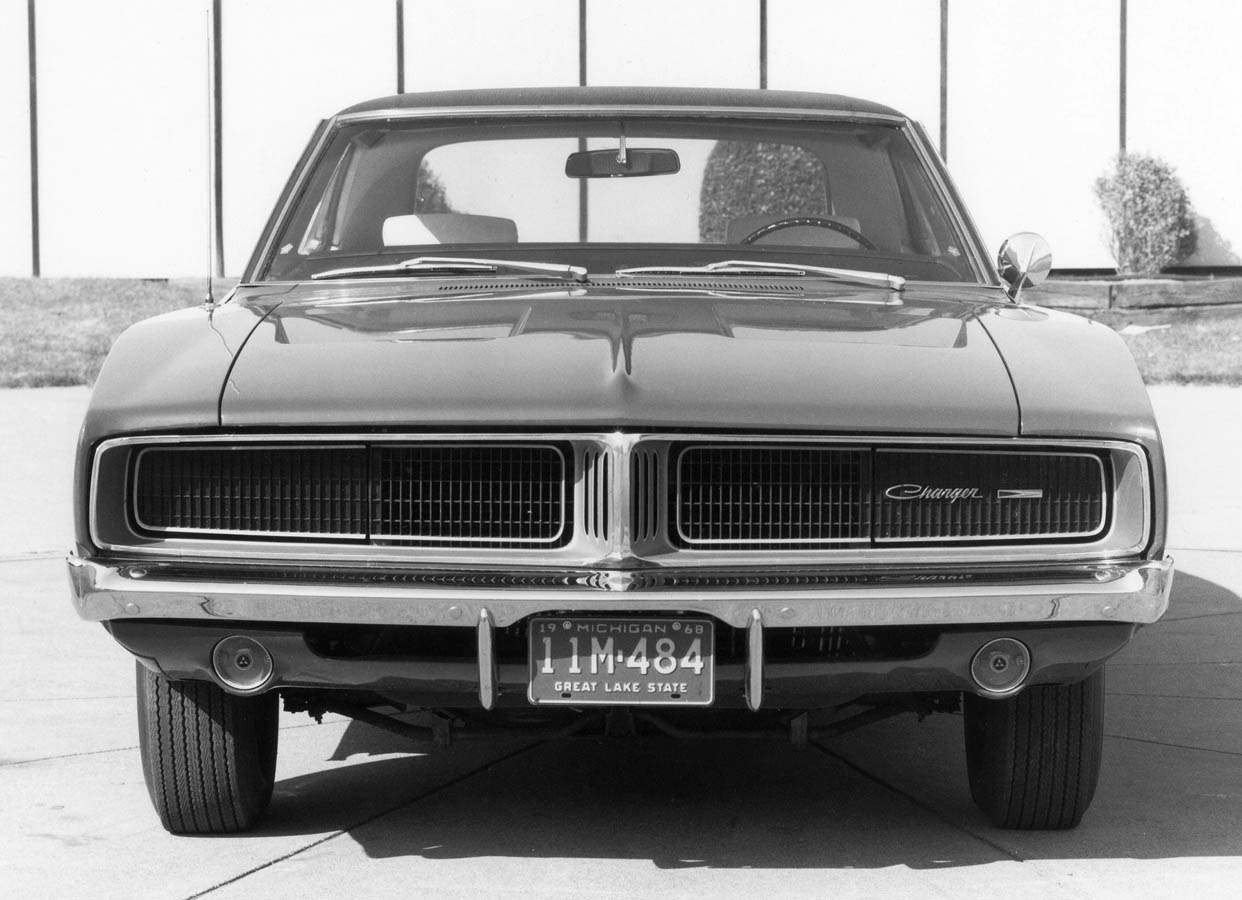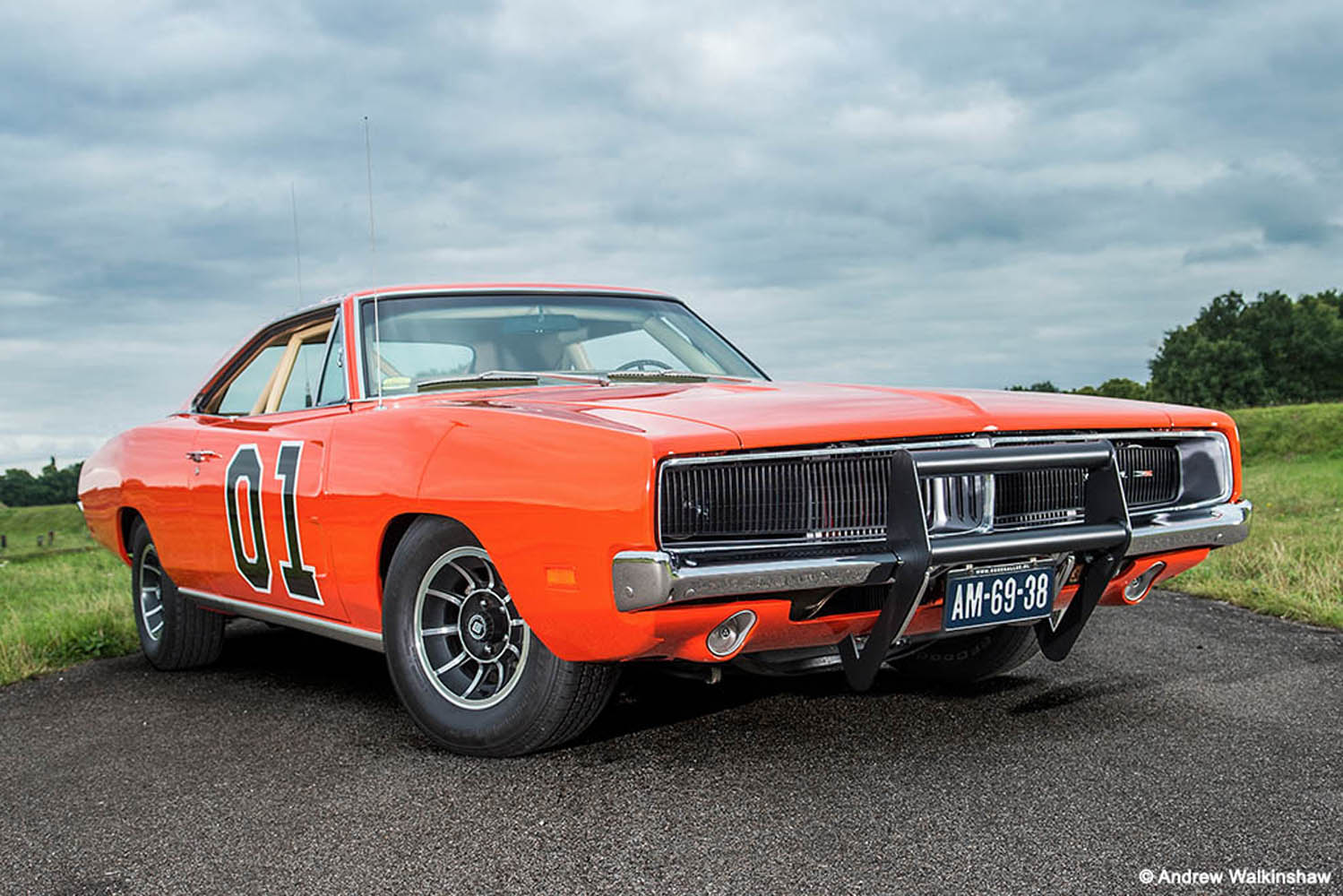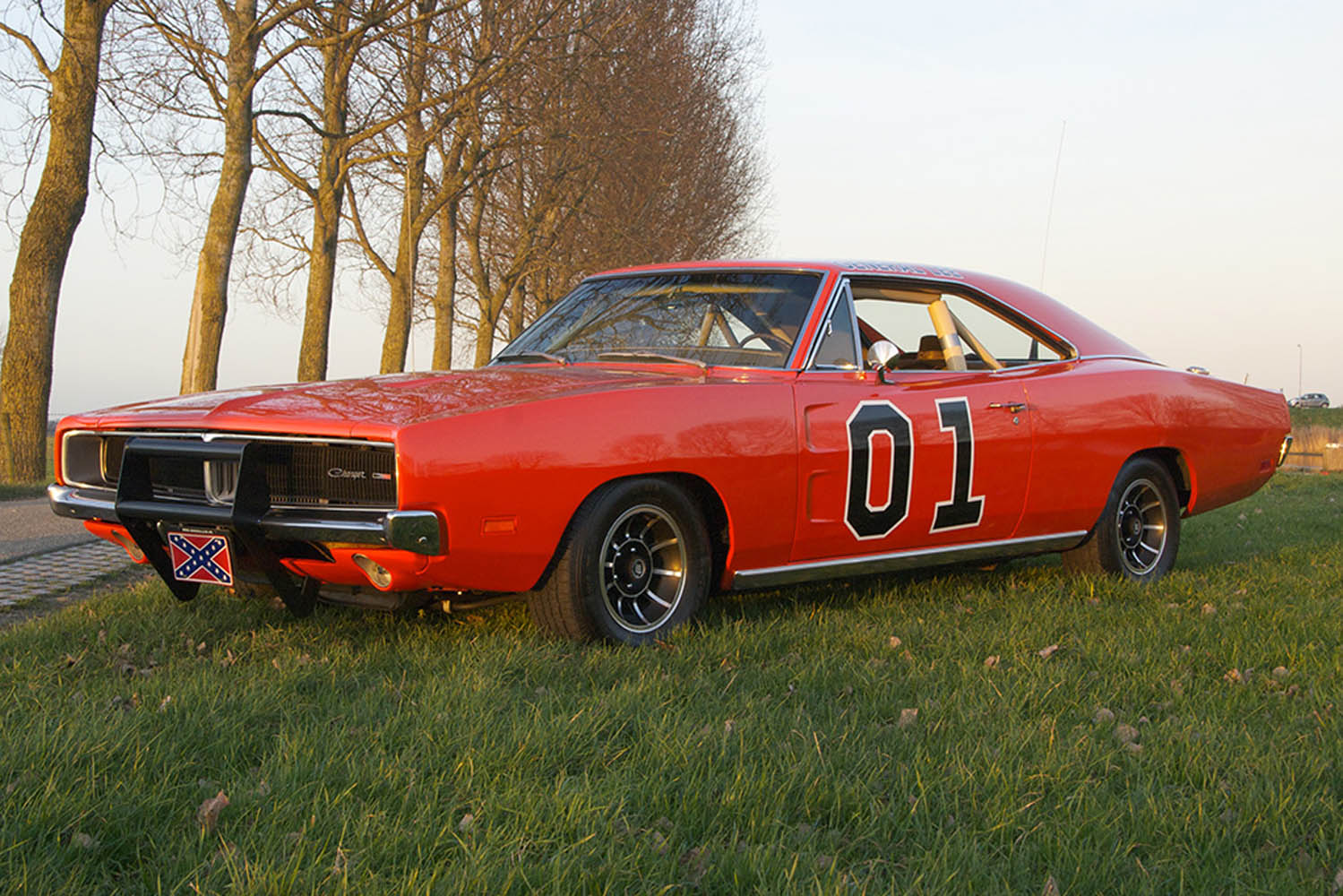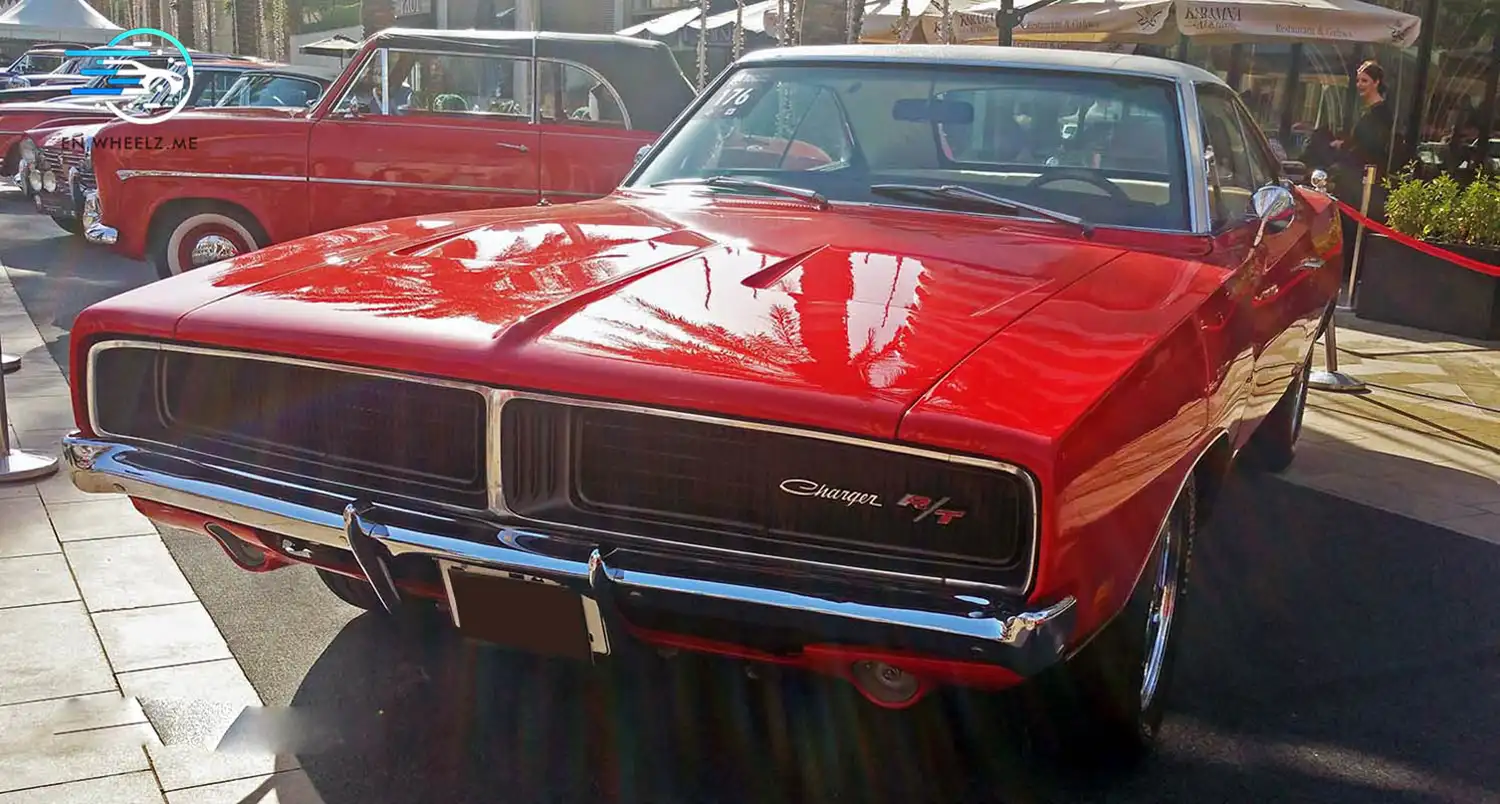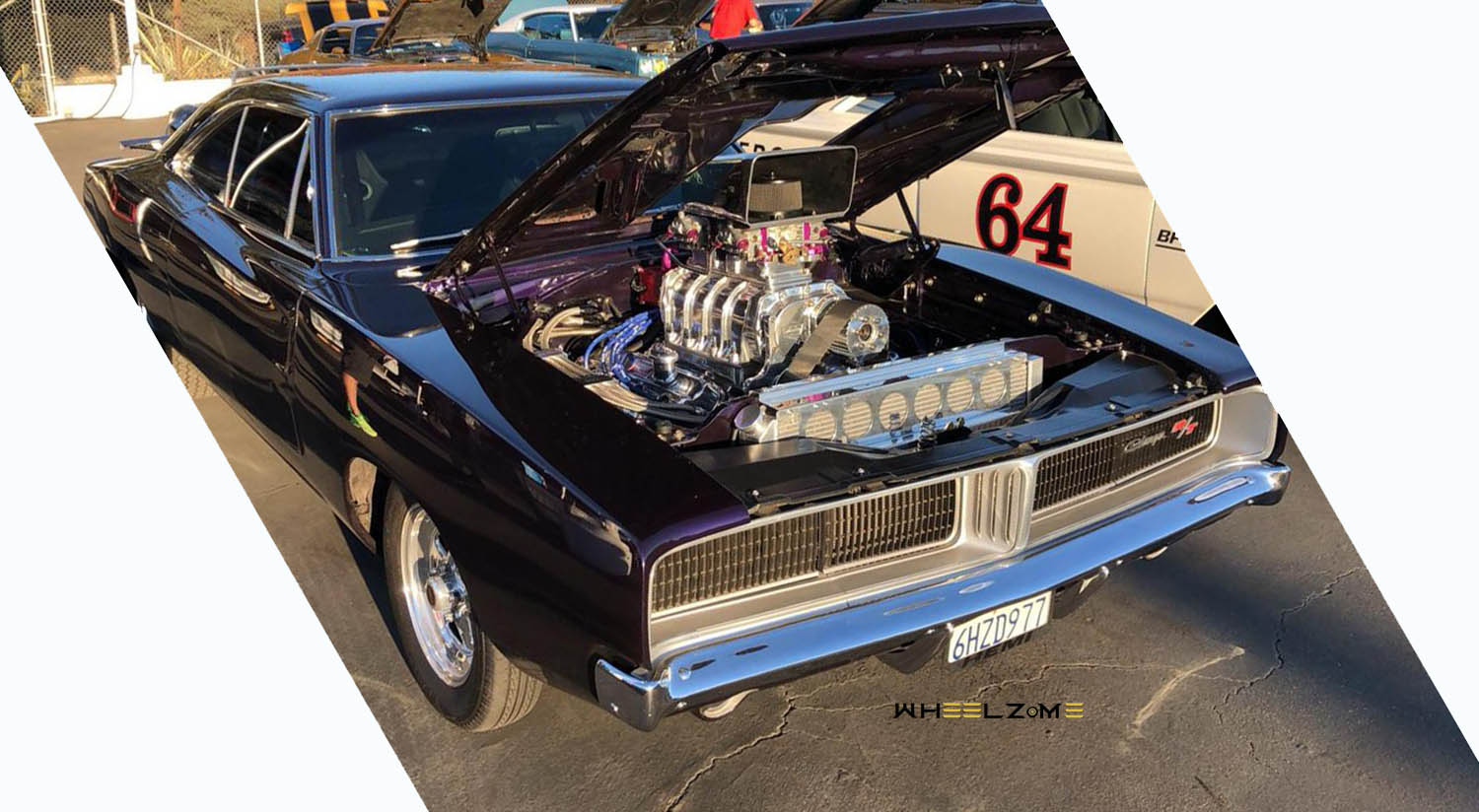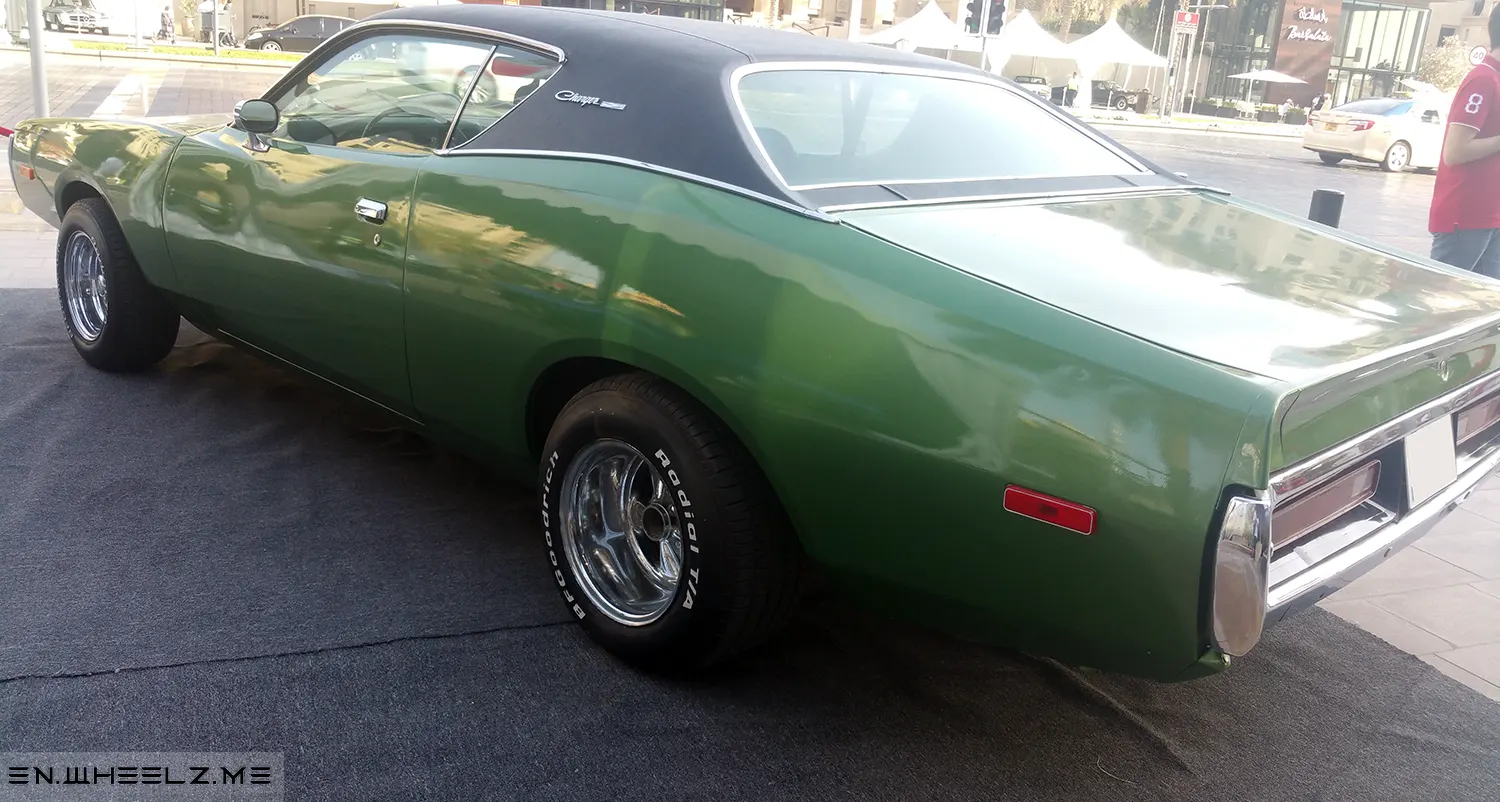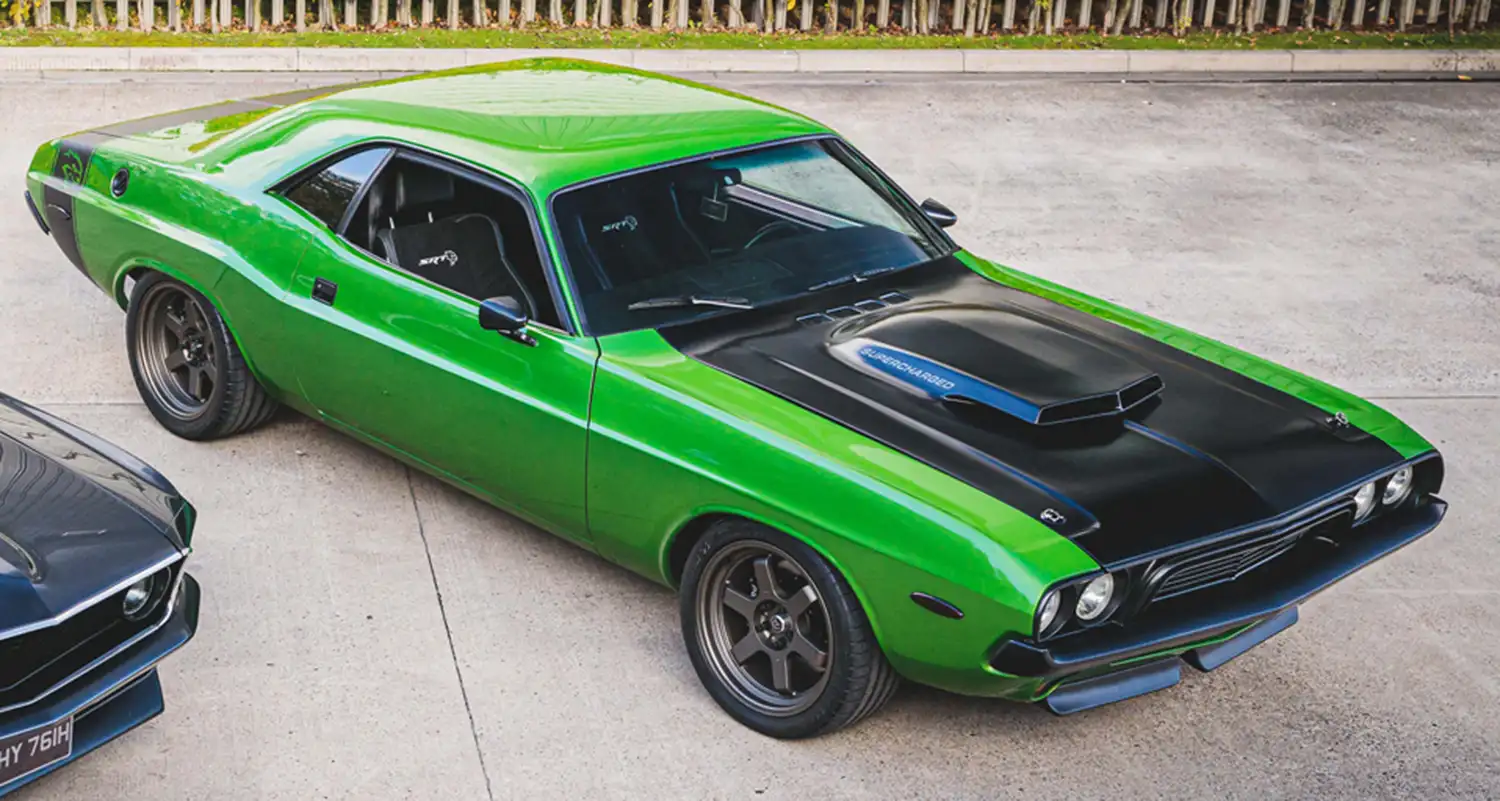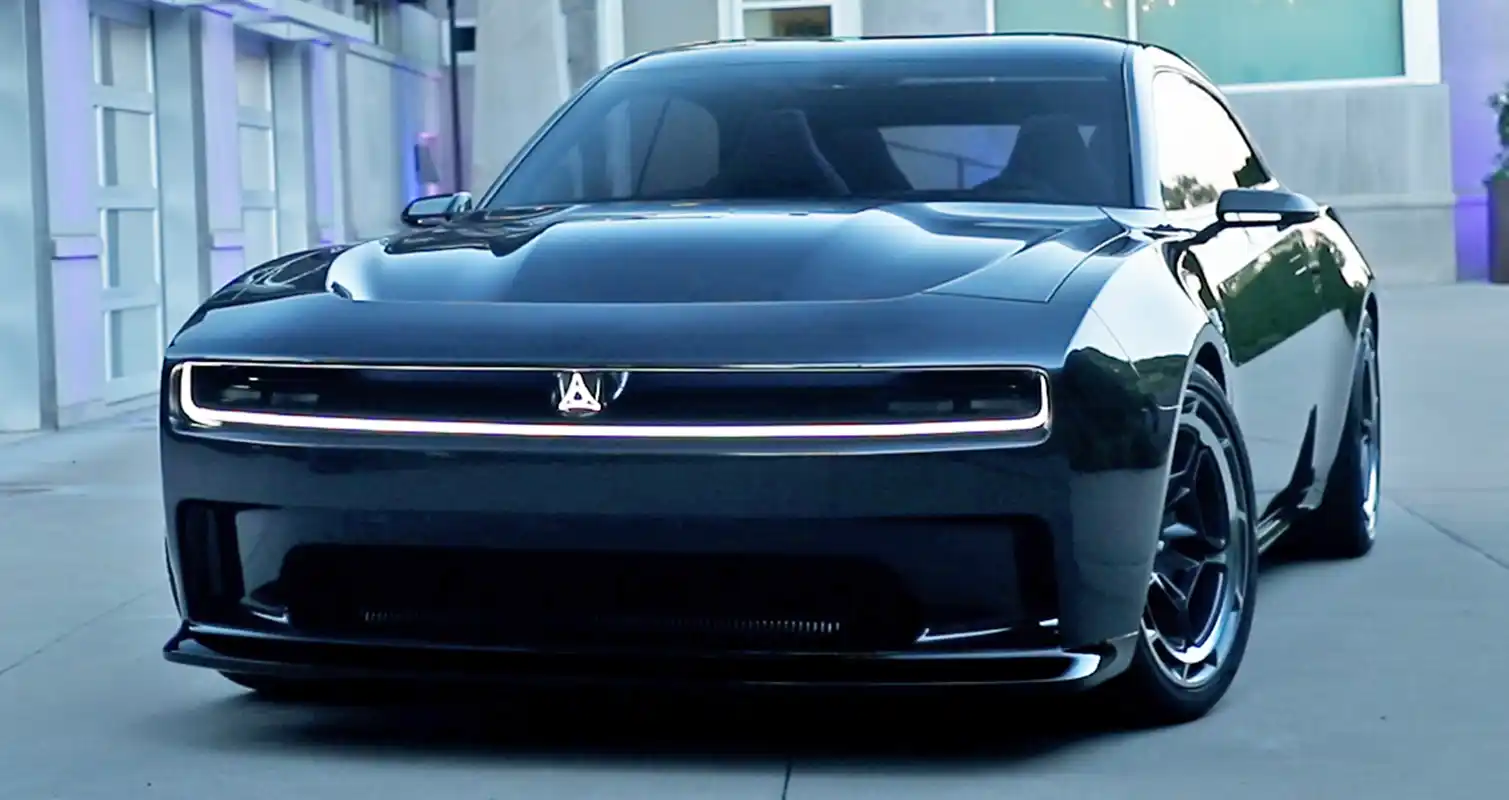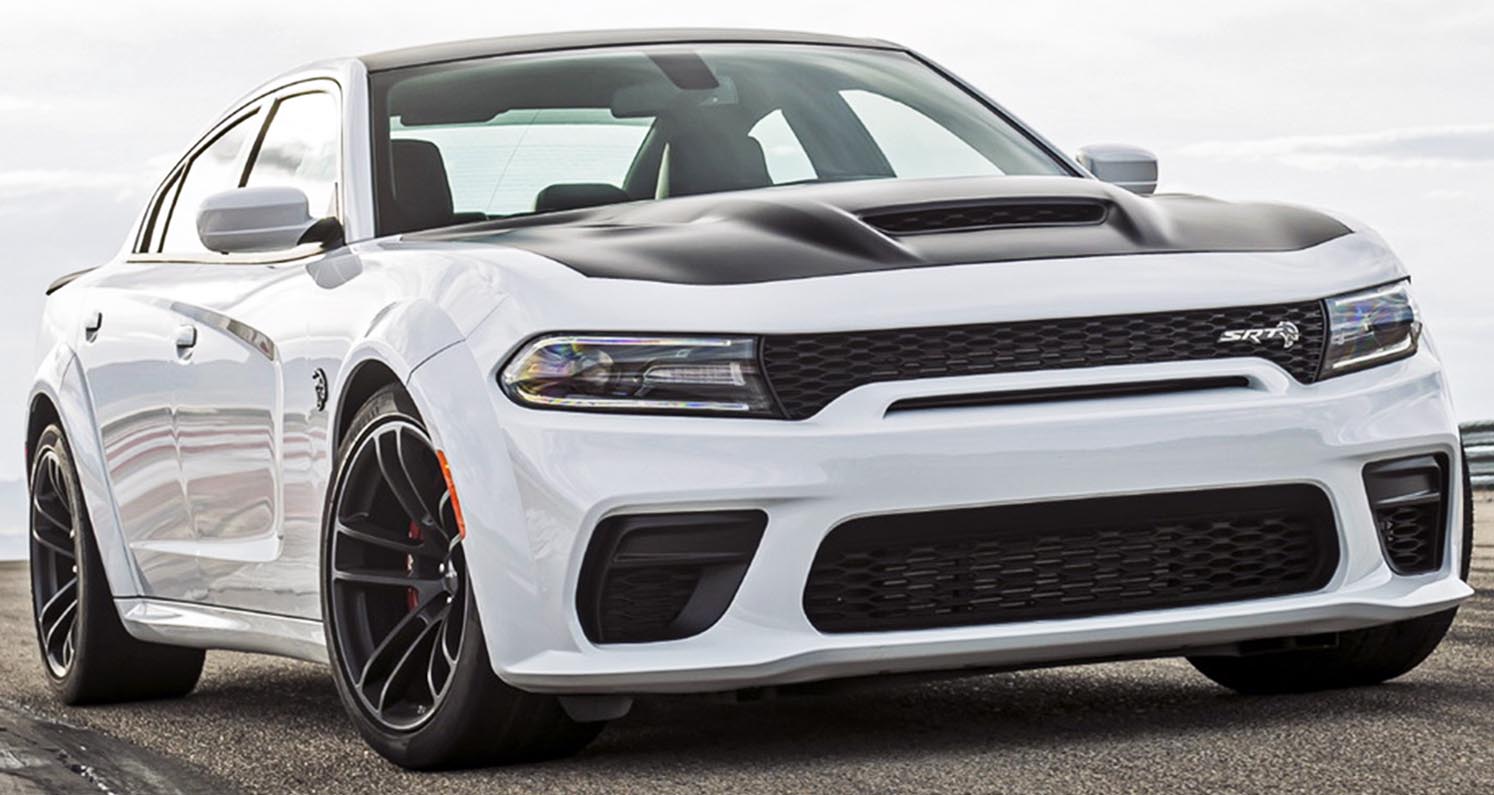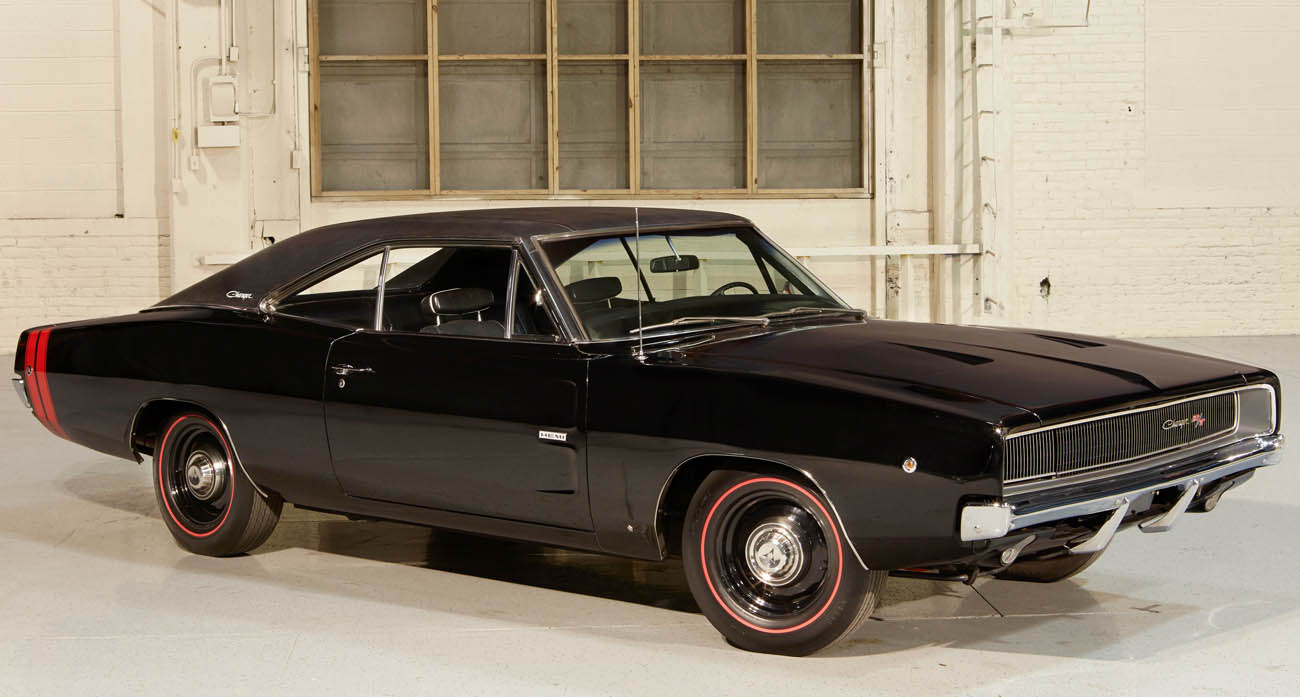
The Dodge Charger second generation captured the peak of American muscle car culture. Built between 1968 and 1970, it defined street style, racing power, and cinematic cool. With bold lines and legendary V8s, it left an impression that still resonates today.
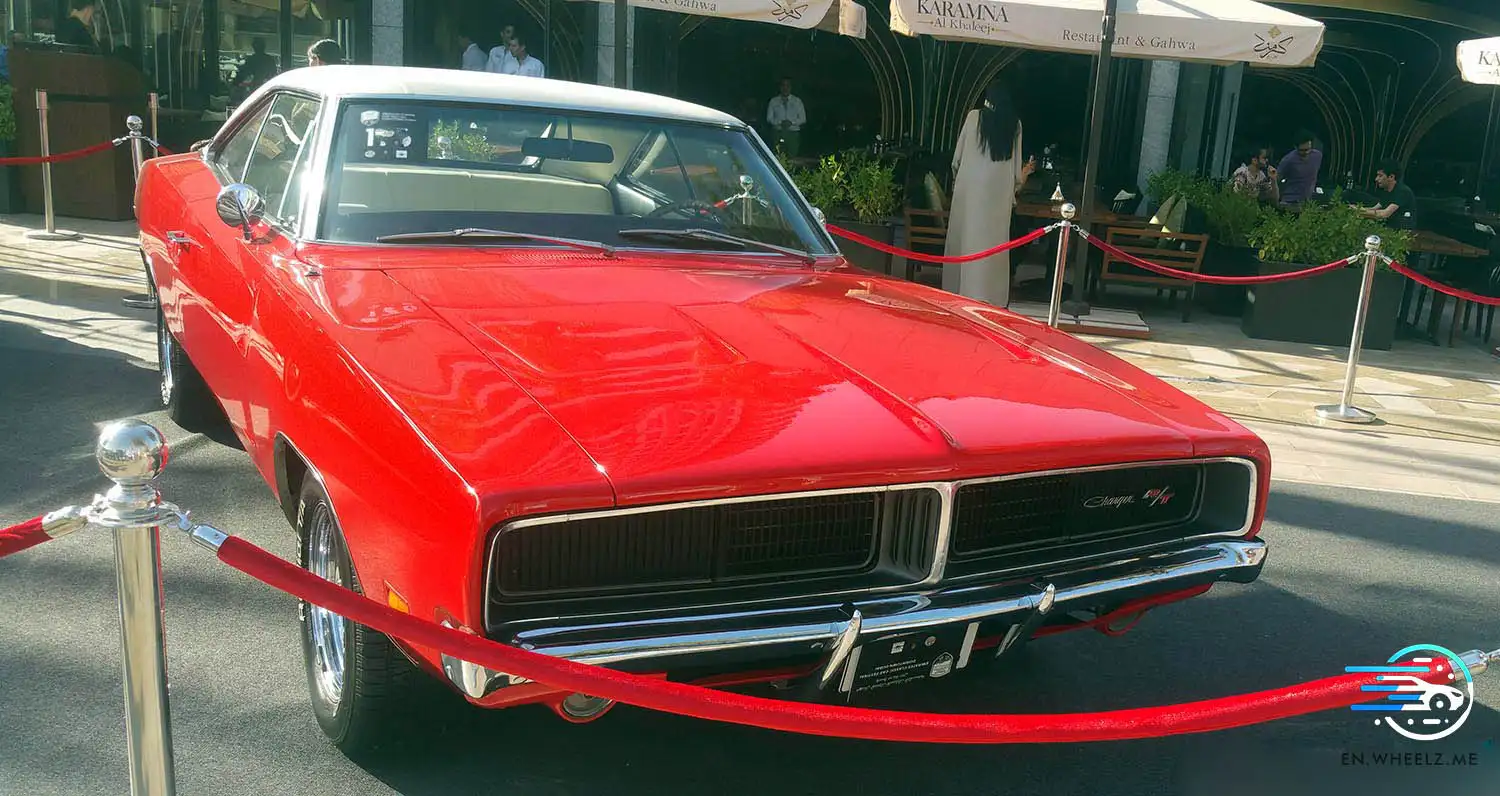
Dodge didn’t just redesign the Charger, it transformed it. This new generation took cues from aerodynamics and performance, balancing aggression with refinement. What emerged was a machine built for both road and racetrack, ready to claim its legacy.
A Sleek and Aggressive New Look
The Charger’s second generation introduced an all-new fastback silhouette. Its “Coke bottle” shape, deeply sculpted bodywork, and bold front fascia made an unforgettable statement. The rear flying buttress design completed the Charger’s signature profile.
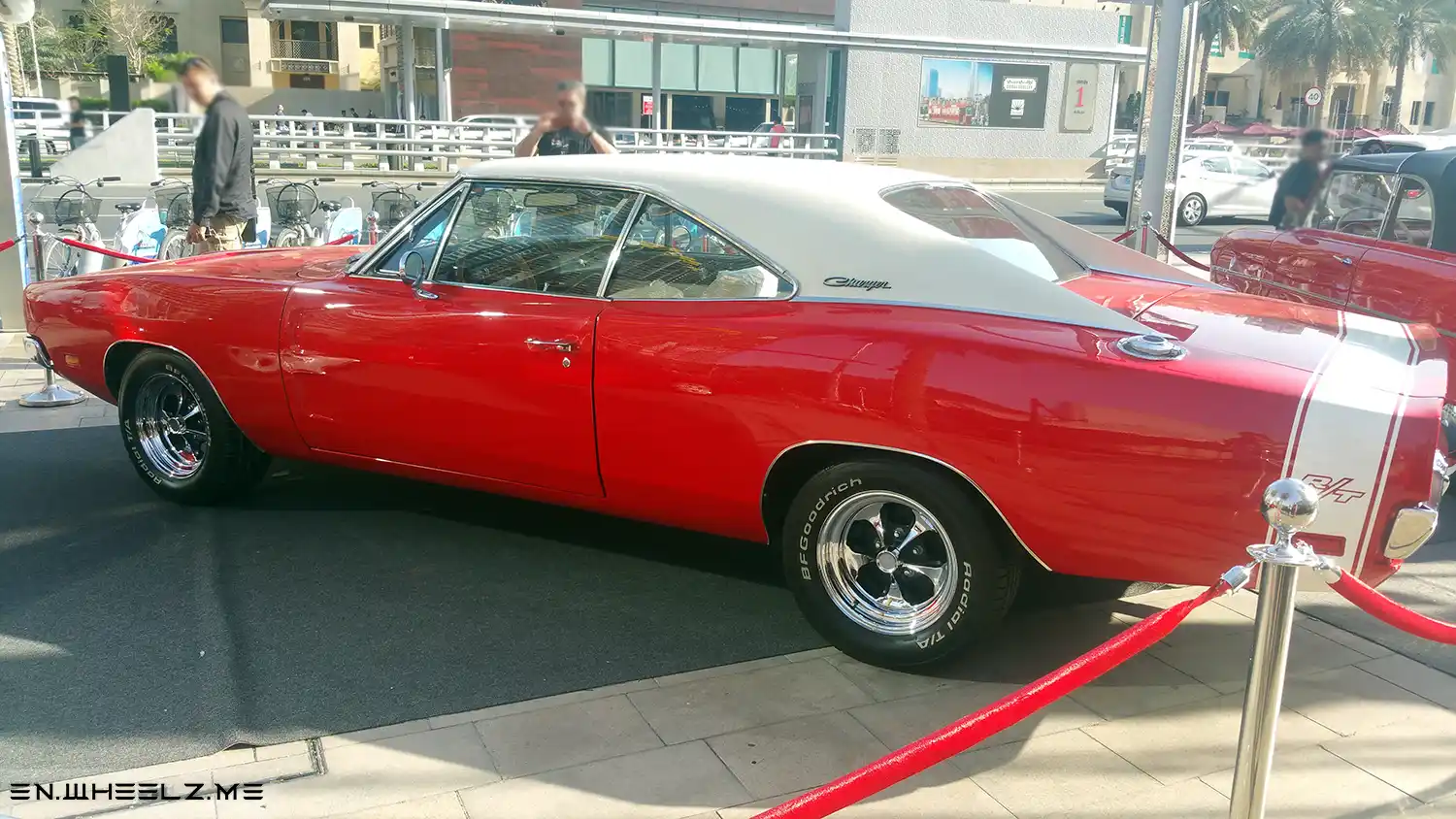
Inside, the cabin balanced sport and comfort. Bucket seats, optional center consoles, and upscale trims brought premium muscle-car vibes. In 1968 alone, sales skyrocketed over 300% from the previous year. Clearly, the design struck a chord.
Raw Power and High-Performance Engines
Performance was at the heart of the Dodge Charger second generation. Entry-level models featured a 225 Slant Six, but most buyers chose potent V8s. The 383 Magnum and 440 Magnum delivered serious street power.
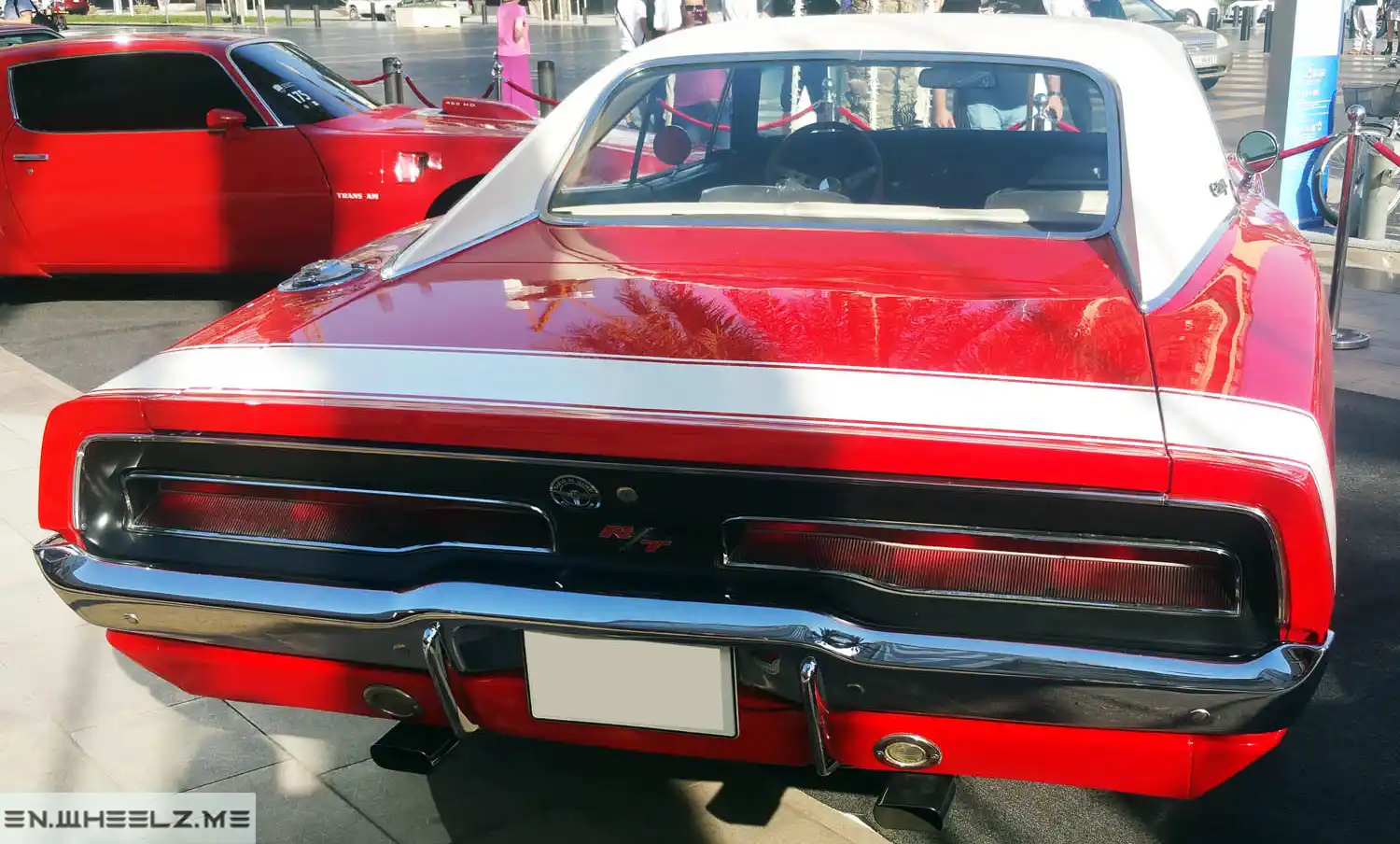
For those chasing maximum performance, the 426 HEMI was the crown jewel. Packing 425 horsepower, it turned the Charger into a straight-line missile. In NASCAR, the HEMI made Dodge a threat on every oval.
Built for Racing and the Big Screen
Dodge chased more than just looks. In NASCAR, they engineered Charger variants like the Charger 500 and Daytona with wind tunnel testing. The Daytona’s nose cone and towering spoiler made it a race-winning machine.

In 1970, the Daytona became the first car to break 200 mph on a closed track. Meanwhile, in Hollywood, the Charger’s dark mystique stole scenes in films like Bullitt, where it famously chased down Steve McQueen’s Mustang.
Style Tweaks and New Trims
In 1969, the second-generation Charger gained a divided grille and squared tail lights. New trims like the SE (Special Edition) added wood accents, leather touches, and a more upscale interior feel.
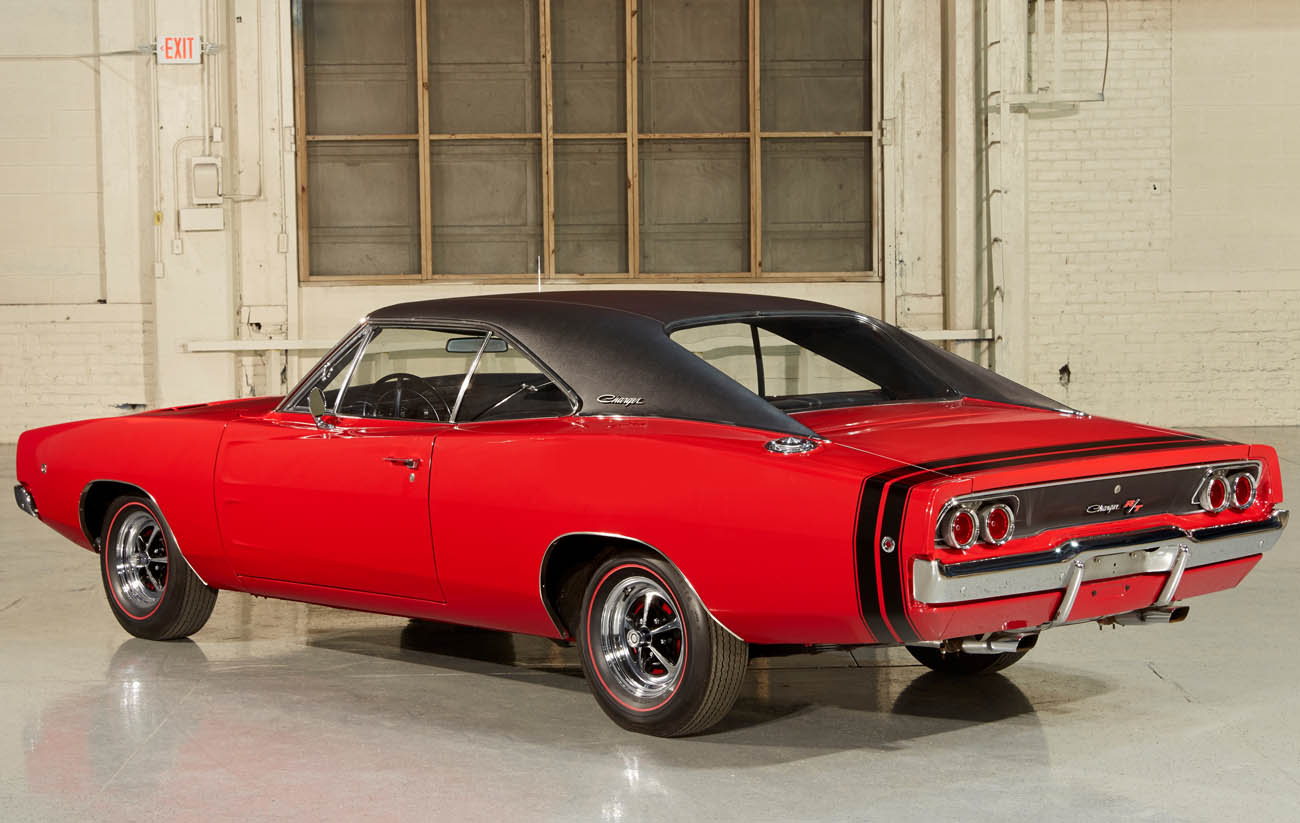
By 1970, the styling was refreshed again with a full-width grille and optional performance graphics. The base Charger came with new seating, while R/T models added hood scoops, rallye stripes, and unique badging.
Though insurance hikes and regulations were coming, Dodge gave enthusiasts one last run of untamed muscle. And the results were unforgettable.
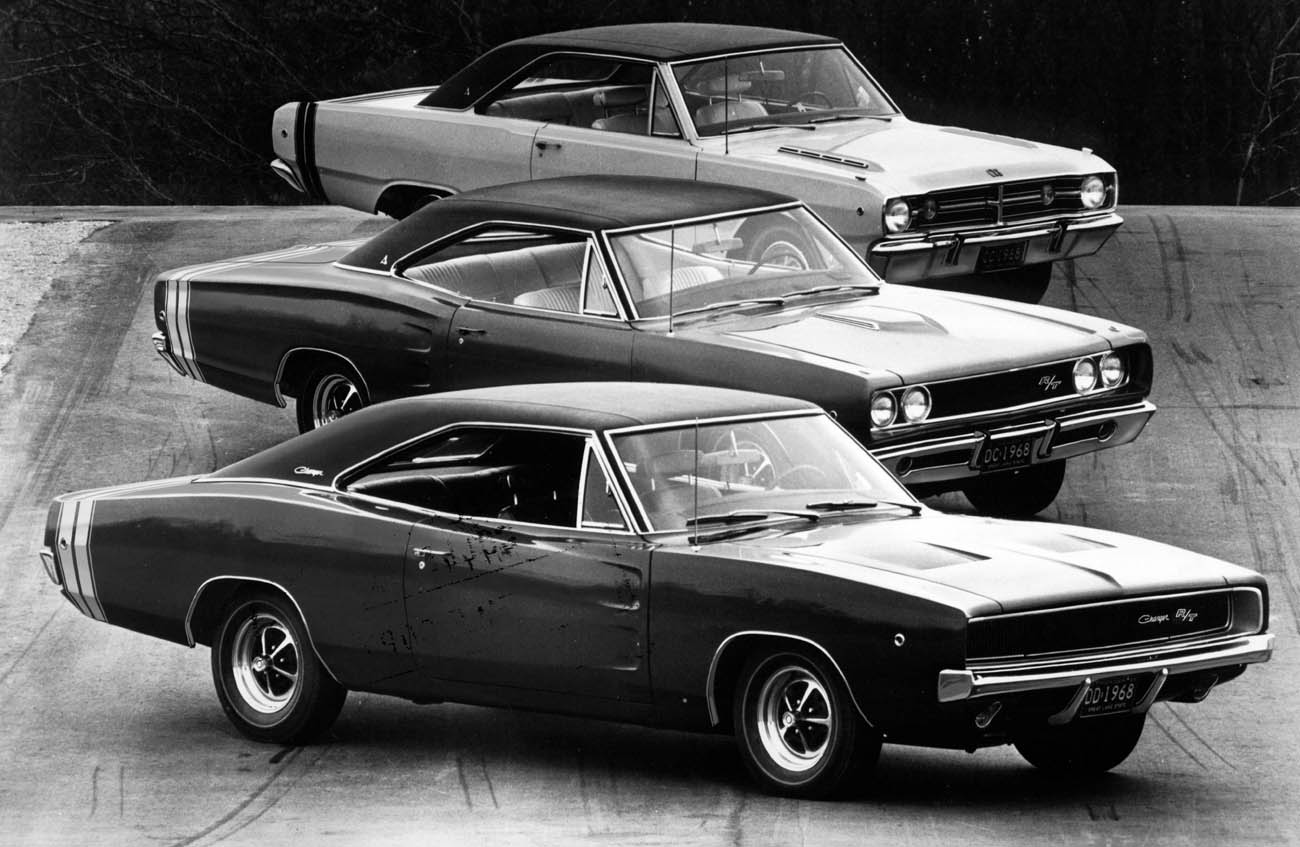
Legacy of the Dodge Charger Second Generation
The Dodge Charger second generation blended muscle car attitude with motorsport credibility. It redefined what a performance coupe could be, becoming both a sales success and a cultural icon.
Its aggressive shape, race wins, and cinematic stardom ensured its place in history. Even today, it inspires modern designs and fuels collectors’ dreams.
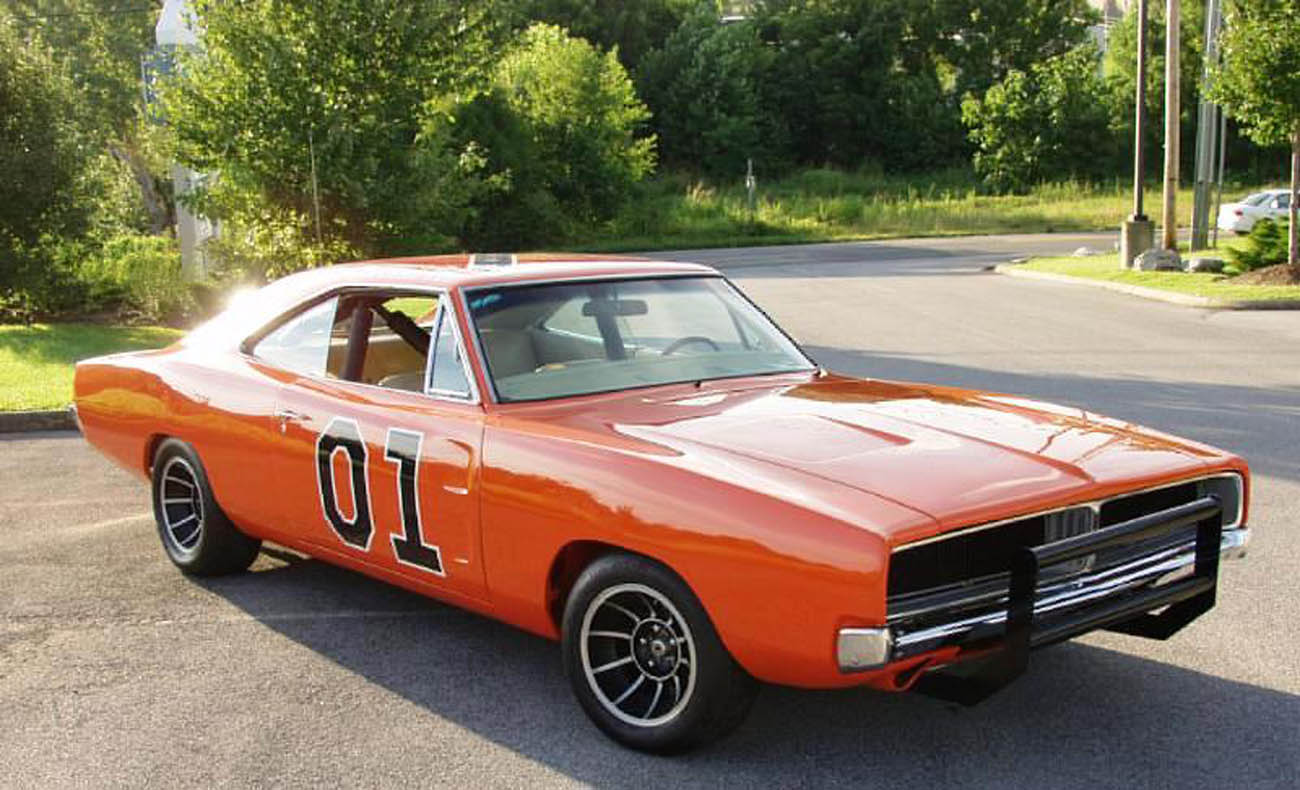
Disclaimer
This article is intended for informational purposes only. Vehicle availability, performance, and specifications may vary by market or model year.
